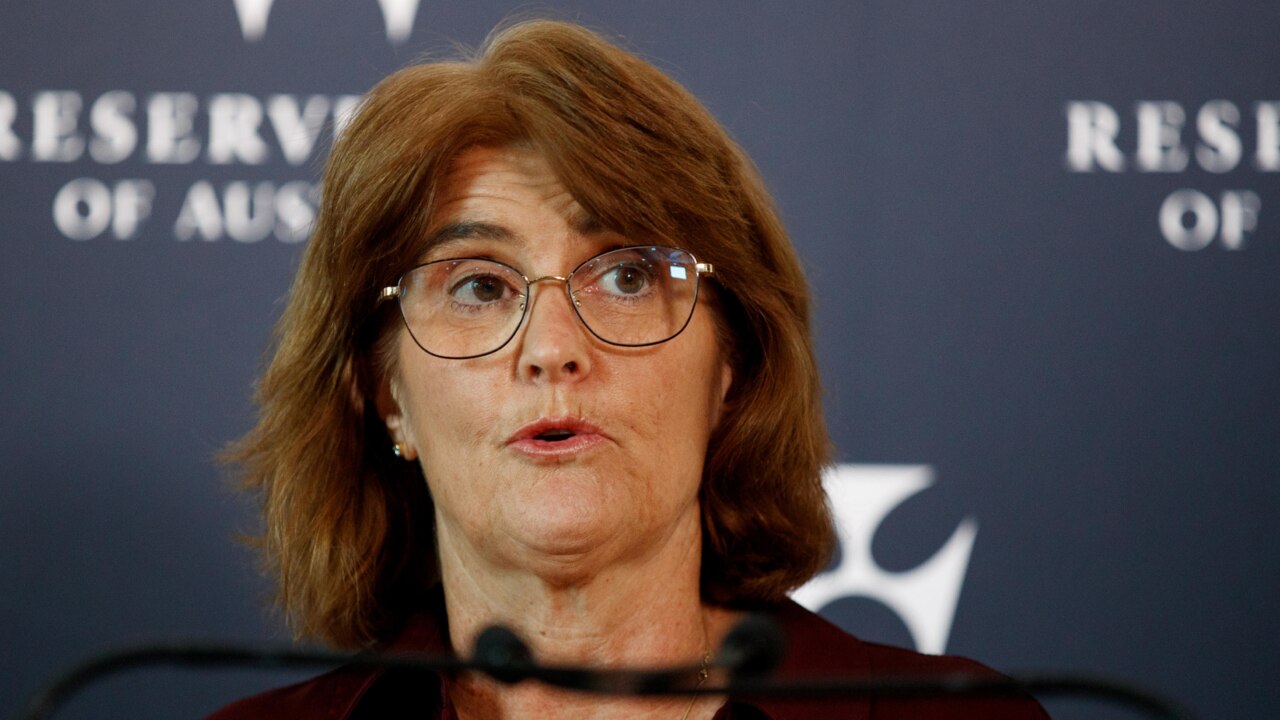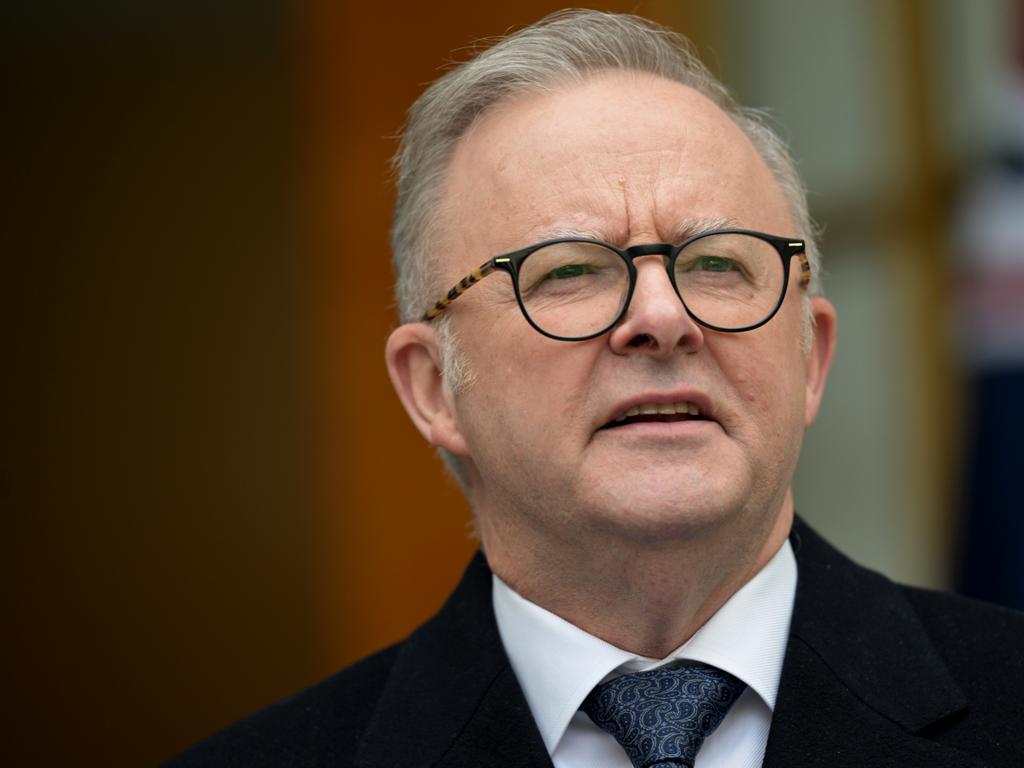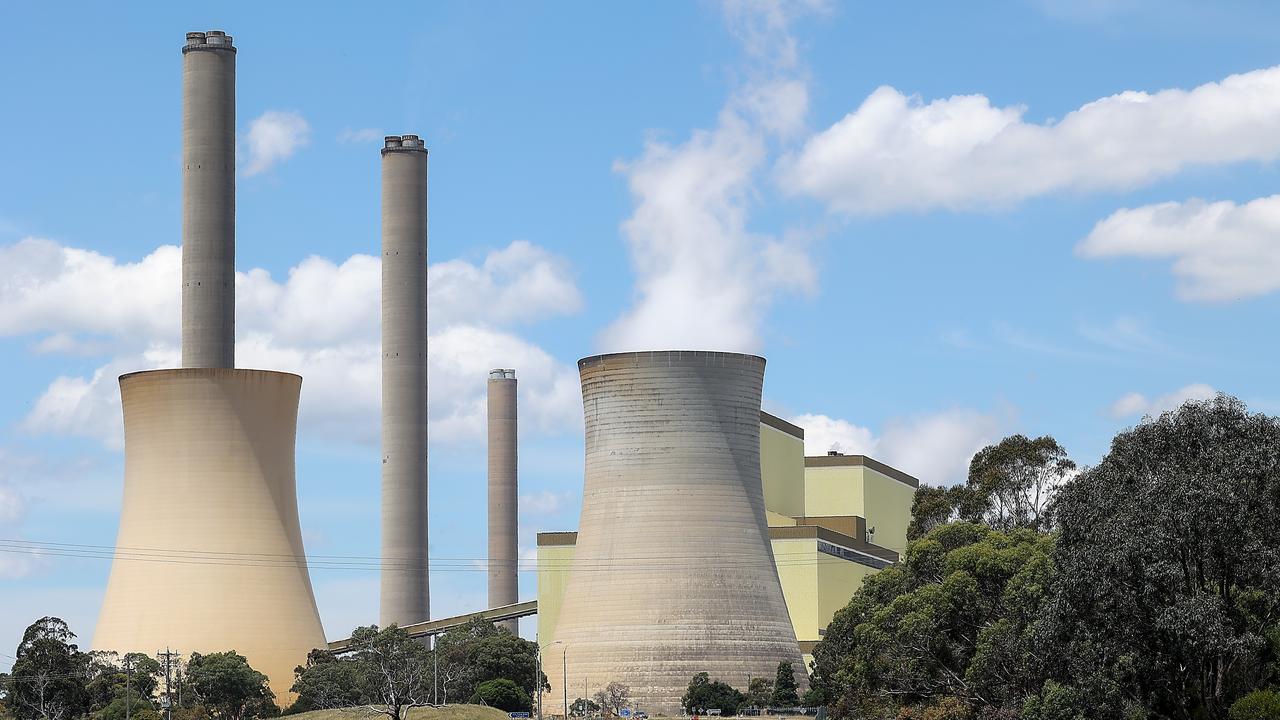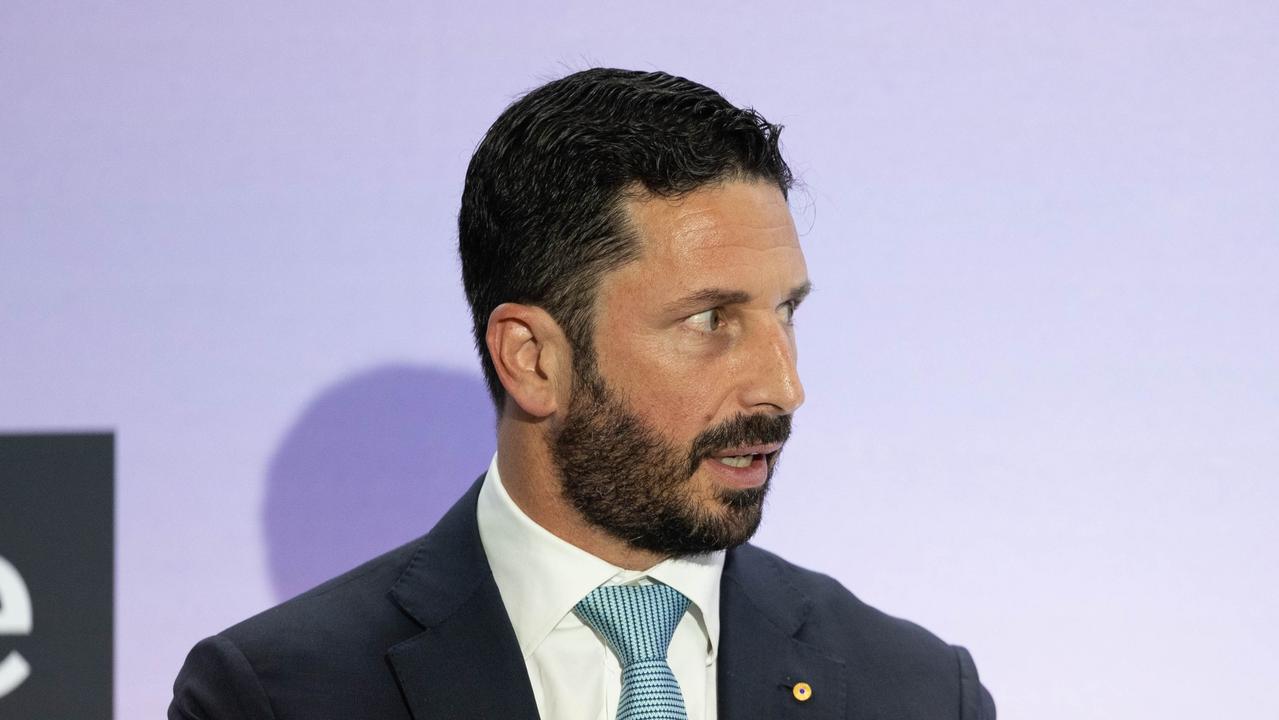RBA governor Michele Bullock pins blame on big-spending states
Hosing down accusations that Labor was undermining the Reserve Bank’s inflation fight, governor Michele Bullock insisted surging public spending was not the main game.

Reserve Bank governor Michele Bullock has pointed the finger at state governments for driving a “large chunk” of the surge in public spending and declared the infrastructure pipeline is exacerbating the housing crisis.
But she threw a lifeline to the Albanese government, which is under pressure to provide cost-of-living relief, by saying public spending was “not the main game” in setting monetary policy.
Economists said Ms Bullock, who appeared before a parliamentary inquiry on Friday, was underplaying the impact of commonwealth spending as the RBA was attempting to avoid any perception it was at odds with Jim Chalmers.
“They have to be mindful of who their political masters are and the relationship they need to have with the government,” former RBA official and now Challenger chief economist Jonathan Kearns said. “That’s going to influence to an extent the way that the bank comments … on these things.”
With the vast majority of Australia’s incremental economic growth due to booming public spending, KPMG chief economist Brendan Rynne said federal and state spending was “unhelpful” in bringing inflation back to the RBA’s 2 to 3 per cent target band.
“The governor’s right that government spending is ‘not the main game’ in the broader scheme of things, but in recent quarters it has been the main game,” he said.
“The commonwealth government has got a significant part to play in this.”
The Treasurer has come under scrutiny from economists after he ploughed billions of dollars into cost-of-living relief and social services in the May budget. Following a string of big-spending state and federal budgets in May and June, the RBA in early August revised its forecasts for public demand – a proxy for government spending – to a peak at 4.3 per cent in the 12 months to December. That figure was sharply higher than the 1.9 per cent forecast in May.

But Ms Bullock told the House economics committee that uncertainties surrounding home building, household consumption and trade, rather than spending, would be critical to the economy’s trajectory.
“These are the things that are going to have the impact, and these are the things that we’re most uncertain about, and we’re therefore focusing on very heavily,” she said.
The public infrastructure pipeline, fuelled by profligate spending by state governments, had also diverted workers away from housing construction, Ms Bullock said, delaying home-build times.
“What we hear from our liaison with construction companies … is that competition with non-residential construction and also infrastructure is meaning that it’s difficult to get staff and trades,” she said.
Labor MPs expected Ms Bullock’s comments would blunt the Coalition’s attacks over the government’s role in exacerbating inflation.
“The RBA’s evidence today showed that the opposition’s claims of a rift between the bank and the government are incorrect,” committee chair and Labor MP Daniel Mulino said.
However, Garth Hamilton, the committee’s highest ranking Coalition MP, said Ms Bullock had “refused to let the clear fight between the RBA and the government be drawn out”.
“Governor Bullock was very firm in her position, but could not point to a single piece of government policy that was helping her fight against inflation,” he said.
While bond traders are betting on a rate cut by Christmas, Ms Bullock also reiterated her guidance that any reductions shouldn’t be expected before year’s end.
“Circumstances may change, of course, and the outlook remains uncertain, but based on what the board knows at present, it doesn’t expect it will be in a position to cut rates in the near-term,” she said.




